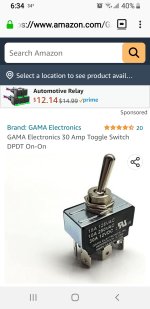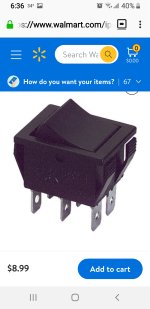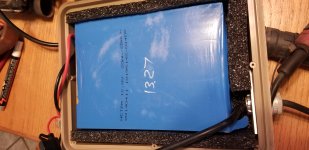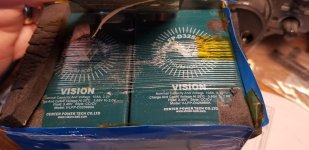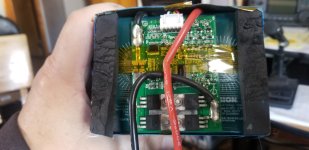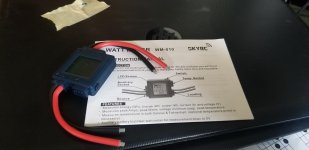The metal toggle switch is a better bet than the plastic rocker switch for high current, depending on the specific plastic each is made from--but it is much more likley that all the important parts inside the metal toggle switch are more heat resistant, based on the many switches I've disassembled after failures of various kinds in all sorts of applications.
Usually a switch really capable of higher current will be physically larger than one that is not, given identical construction otherwise; it's usually reflected in the size of the contacts inside, and the connectors outside. (the actual toggle, slide, or rocker could be huge just for user interfacing but not have big contacts/etc).
The metal toggle switches are usually made in various contact position / spacing types, so you can probably find one on Mouser or Digikey that will directly fit your existing connector if necessary--easiest is to use their online chat to have someone there find the right part for you, given the info you have from your existing switches.
Or if you want better contact with less resistance, just insert your wires directly into the holes in each contact, then twist each tightly into a "noose" (lots of images online for good ways to do this), then solder to secure them (the solder won't be making the electrical connection if it's done right).
If you don't already know the actual peak and continuous current flow thru the switch when riding, you should measure that so you can be sure of getting a switch that will handle it.
Automotive relays can also be useful for using a smaller switch to pass a bigger current; I used some from the OnlineLEDStore on Amazon
https://www.amazon.com/gp/product/B01NBAO1SA
for various functions on the SB Cruiser when I rewired it a few years ago. None of them are used anywhere near their current limits, so I have not had any relay failures or blown fuses, though I did have one of the built-in fuse holders get finicky so I replaced the relay/fuseholder assembly (they just plug into the sockets so it was easy).
I don't know if those specific ones will work for your purpose; you'd have to know the peak and continuous currents they'll have to handle.
Note also that the lead-acid, while may sag a lot in voltage while doing so, may be able to provide higher current than the LFP pack (depending on what exactly the LFP is and what BMS it has, and how old the pack is) since those are often rated at only 2-3C or less.


